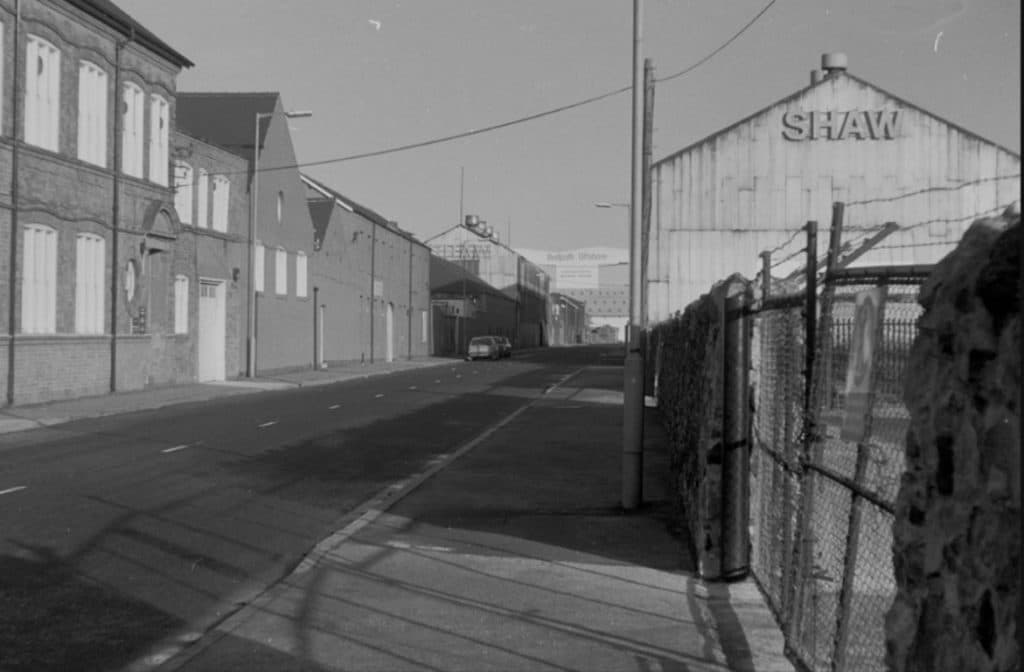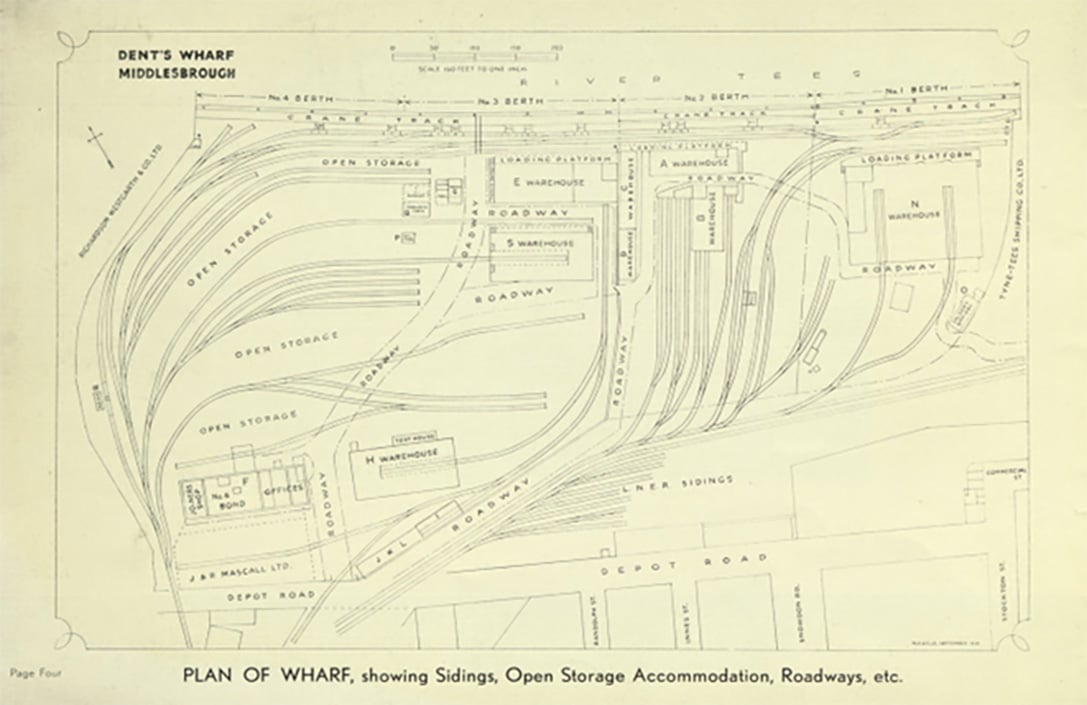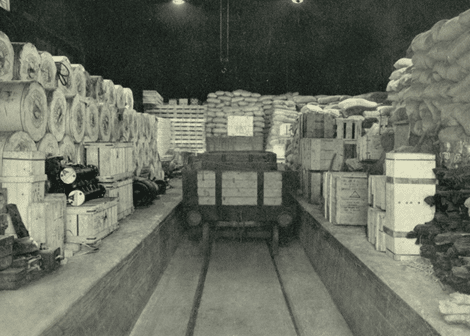As in the First World War, the industries along the River Tees played a central part in the area’s contribution to the war effort, with locally produced iron and steel being used to make military weapons and ammunition – this also made the area a target for air raid attacks.

Firms including Dorman Long and Cargo Fleet helped produce munitions and structures used by the armed forces, whilst the shipyards on the river helped build and repair vessels used in the conflict.
As a major port and manufacturing centre, Teesside was subject to dozens of air raids during the Second World War, with the chemical, iron, steel and shipbuilding industries all targeted by the Luftwaffe.


Dent’s Wharf was one of the areas that endured bombing during the conflict. One such instance, in the early hours of 3 May 1941, bombs rained down from the skies over Dent’s Wharf during an air raid. One of the bombs caused a fire on the wharf and another exploded on a warehouse causing a very large fire but without any casualties.

Did you know?
During the Second World War the iconic Tees Transporter Bridge was one of the many structures that suffered damage as a result of bombings along the river. Fortunately, no one was killed in the attack and the bridge was back in operation soon after to continue its role in transporting the workers along the Tees to the factories, foundries and furnaces providing iron and steel for the war effort.
At the time, Dent’s Wharf was operating four berths and accommodating ships up to 150 metres in length.


Did you know?
The Tyne Tees Steam Shipping Company Limited was prominent among coastal operators. It operated a fleet of modern coastal vessels which sailed regularly to all the main ports. It owned Tyne Tees Wharf, a site which is now owned by AV Dawson and is incorporated into Port of Middlesbrough’s footprint.

Did you know?
In the 1940s, the deepest berth (No. 1) at the facility was 5 metres plus the tides. Today, the deepest berth at Port of Middlesbrough is around double that. Cranes had lifting capacity of 5 tonnes, today some of the cranes on site have capacity of over 100 tonnes. The longest ships were 150 metres, today, they are over 200. Vessels typically carried cargo up to 13,000 tonnes, today the largest vessels carry over 20,000 tonnes.